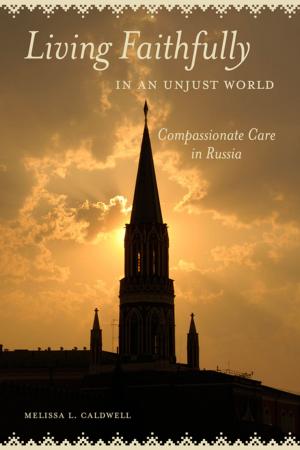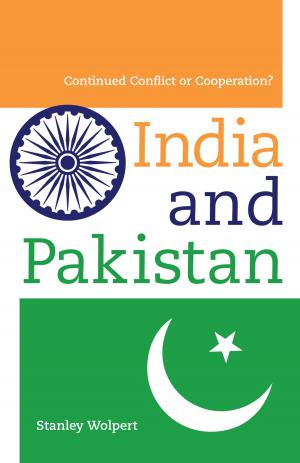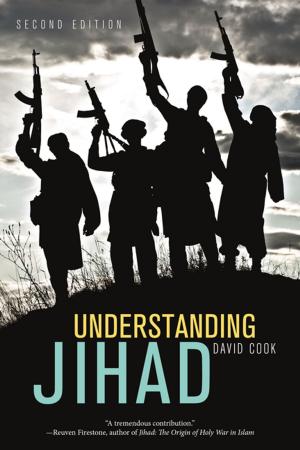In Your Eyes a Sandstorm
Ways of Being Palestinian
Nonfiction, History, Middle East, Social & Cultural Studies, Social Science, Anthropology| Author: | Arthur Neslen | ISBN: | 9780520949850 |
| Publisher: | University of California Press | Publication: | October 17, 2011 |
| Imprint: | University of California Press | Language: | English |
| Author: | Arthur Neslen |
| ISBN: | 9780520949850 |
| Publisher: | University of California Press |
| Publication: | October 17, 2011 |
| Imprint: | University of California Press |
| Language: | English |
Who are the Palestinians? In this compelling book of interviews, Arthur Neslen reaches beyond journalistic clichés to let a wide variety of Palestinians answer the question for themselves. Beginning in the present with Bisan and Abud, two traumatized children from Jenin’s refugee camp, the book’s narrative arcs backwards through the generations to come full circle with two elderly refugees from villages that the children were named after. Along the way, Neslen recounts a history of land, resistance, exile, and trauma that begins to explain Abud’s wish to become a martyr and Bisan’s dream of a Palestine empty of Jews. Senior Fatah and Hamas figures relate key events of the Palestinian experience—the Second Intifada, Oslo Process, First Intifada, Thawra, 1967 War, the Naqba, and the Great Arab Revolt of 1936—in their own words. The extraordinary voices of women, children, farmers, fighters, drug dealers, policeman, doctors, and others, spanning the political divide from Salafi Jihadists to Israeli soldiers, bring the Palestinian story to life even as their words sow seeds of hope in the scorched Palestinian earth.
Who are the Palestinians? In this compelling book of interviews, Arthur Neslen reaches beyond journalistic clichés to let a wide variety of Palestinians answer the question for themselves. Beginning in the present with Bisan and Abud, two traumatized children from Jenin’s refugee camp, the book’s narrative arcs backwards through the generations to come full circle with two elderly refugees from villages that the children were named after. Along the way, Neslen recounts a history of land, resistance, exile, and trauma that begins to explain Abud’s wish to become a martyr and Bisan’s dream of a Palestine empty of Jews. Senior Fatah and Hamas figures relate key events of the Palestinian experience—the Second Intifada, Oslo Process, First Intifada, Thawra, 1967 War, the Naqba, and the Great Arab Revolt of 1936—in their own words. The extraordinary voices of women, children, farmers, fighters, drug dealers, policeman, doctors, and others, spanning the political divide from Salafi Jihadists to Israeli soldiers, bring the Palestinian story to life even as their words sow seeds of hope in the scorched Palestinian earth.















